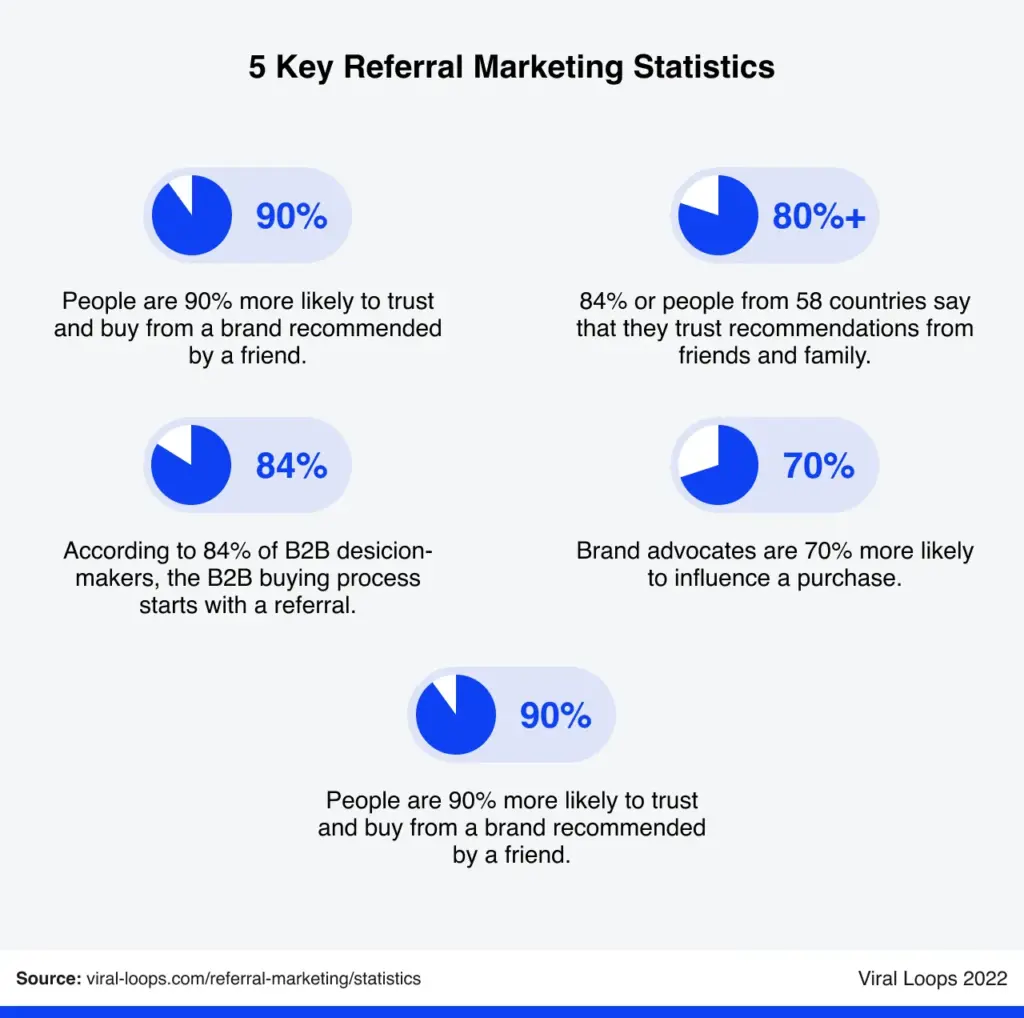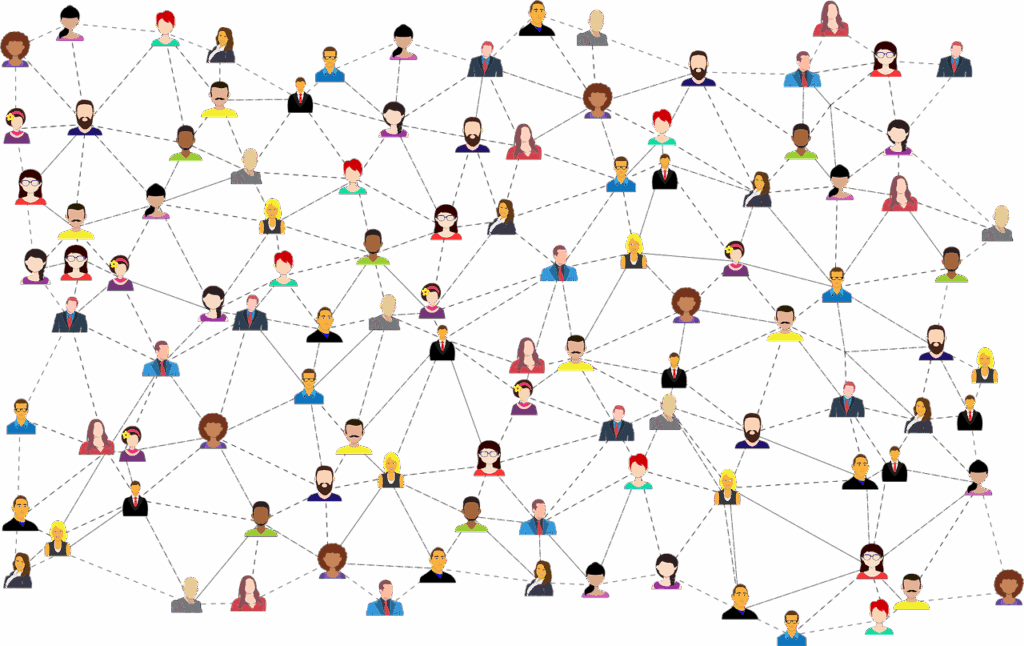Most companies struggle with best practices for community-led growth, approaching it like they’re throwing spaghetti at a wall, hoping something sticks. They launch Slack channels, host random webinars, and wonder why engagement flatlines after the initial excitement.
Here’s what we’ve learned at Stateshift after working with venture-backed tech companies from Seed to Series C: Community-led growth isn’t about building a community and crossing your fingers. It’s about creating a clear system where community engagement directly drives business outcomes through smart sequencing and continuous improvement.
The difference between companies that make this work and those that don’t? The successful ones treat community building like engineering, not event planning.
Why Most Community Efforts Fail (And Best Practices for Community-Led Growth That Work)
The issue isn’t lack of good intentions or budget. Most community efforts fail because companies treat them like launching a product feature… announce it with excitement, watch the initial spike, then wonder why engagement slowly fades as members realize there’s no clear value being created.
We see this pattern constantly. Companies hire a community manager, launch a platform, maybe host some weekly events. The metrics look decent at first. But six months later, they can’t trace a single customer acquisition back to community efforts, despite having hundreds of members and impressive activity numbers.
We worked with a Series B developer tools company facing exactly this problem. They had 800+ community members and hosted weekly events, yet couldn’t connect any of that engagement to business outcomes. The community was active but strategically disconnected from what actually mattered.
This pattern isn’t unique. According to the 2023 CMX Community Industry Report, while 80% of professionals report that community has had a positive impact on their business, only 36% are using tools for community automation and 42% say their CRM doesn’t connect community and customer data… which explains why so many active communities struggle to demonstrate clear business outcomes.
The real problem? Most community advice comes from consumer social platforms, not B2B growth. Developer tools companies don’t need Facebook-style engagement… they need clear value creation that drives product adoption and customer success.
What Community-Led Growth Actually Means
Community-led growth is a systematic business strategy where engaged community members drive product adoption, customer success, and organic growth through peer-to-peer value creation and advocacy. Unlike traditional growth models, CLG creates compound growth effects where satisfied community members become both customers and acquisition channels simultaneously.
As Bob Moore, Co-Founder and CEO of Crossbeam, puts it: “Community-Led Growth is an umbrella term for various marketing and growth disciplines… It is any piece of your go-to-market strategy where the relationships that exist between people are an accelerant of growing awareness of your product.”
This definition aligns with how we approach CLG inside Stateshift Pathfinder: as a measurable, engineered system rather than a series of disconnected activities.
The key difference is systematic implementation rather than hoping organic engagement somehow drives business outcomes.
Consider how this plays out in practice. When we helped launch an online community in December 2024, instead of using traditional “launch and hope” approaches, we applied our Acceleration Flywheel methodology with data-driven iteration cycles from day one.
By September 2025, the community had grown to 555 members… a nearly 200x increase. But more importantly, it maintained 360 active members and 244 contributing members. The key wasn’t just growth… it was systematic engagement quality maintenance that turned members into organic acquisition channels.
The Three-Phase Approach That Actually Works
Community-led growth works when you treat it like building any other part of your business: with clear goals, simple processes, and regular check-ins on what’s working.

Phase 1: Get the Basics Right (Months 1-3)
Before you worry about growth, focus on creating an experience that actually works for your first members. This means defining what specific outcome members get from joining, understanding who your 2-3 main member types are and what they need, and choosing your platform based on where your members already work, not fancy features.
Your goal is simple: new members have a great first experience within their first 48 hours. Everything else is noise until you nail this.
Phase 2: Improve What Works (Months 4-6)
Once you have the basics working, start a simple improvement routine we call the Stateshift Acceleration Flywheel. Every two weeks, you check the data to see what’s working and what isn’t, make a hypothesis about one thing to try improving, run that improvement for two weeks, then keep what works and toss what doesn’t.
The metrics that actually matter when implementing best practices for community-led growth? Are people engaging in meaningful ways? Do they come back within 30 days? Are members helping each other? And most importantly, is it helping your business… are community members using your product more, staying customers longer, referring others?
Phase 3: Connect to Your Business (Months 7-12)
Now that your community is humming, start connecting it to your other business functions so everyone benefits. Sales can see which prospects are active in community and measure higher conversion rates from engaged prospects. Customer Success can use community health to predict retention. Product can get feature ideas from community discussions. Marketing can turn community members into advocates and measure lower acquisition costs from referrals.
The key is starting simple and building these connections gradually as your community proves its value.
Why the Strategic Benefits Actually Matter
The impact of a systematic approach became clear when we worked with a developer platform whose MVP program was growing but inconsistent. We applied our Stateshift community-led growth system to introduce structured welcome sessions and regional pathways. Once the process became repeatable, the program expanded to 100+ global MVPs for the first time—including their first contributors in India.
This illustrates the core advantage: community members become organic acquisition channels. They refer peers who trust their recommendations more than traditional marketing.
The impact is measurable. Industry research shows that 86% of B2B purchasing decisions are based on word-of-mouth from peers. Referred customers have 59% higher lifetime value. Referral programs achieve conversion rates almost 4x higher than other acquisition channels.

But it goes deeper than acquisition. Community relationships create switching costs beyond product features. This significantly improves retention rates. New customers learn from experienced community members, reducing onboarding friction and time-to-value. Community discussions reveal product needs, competitive threats, and market opportunities faster than traditional research.
Real Product Insights From Community Discussions
One developer tools company discovered their most-requested feature through casual community discussions. The insight never appeared in formal product surveys but became their most successful release.
Measuring Impact That Actually Matters
The measurement challenge isn’t lack of data… it’s knowing which metrics actually predict business outcomes versus which ones just look good in reports.
This measurement challenge affects most companies. According to ProductLed’s benchmarks, only 24% of product-led companies use Product Qualified Leads to identify their most promising prospects. This matters because PQLs convert to paid customers 25% of the time on average.
We experienced this firsthand at Stateshift with that developer tools company I mentioned earlier. Despite impressive activity metrics, they couldn’t trace customer acquisition back to community efforts. Through our Blueprint Call process, we helped them implement systematic attribution measurement and integrate community data with business metrics.
The transformation was remarkable. They discovered community members had 40% higher product adoption rates and 25% lower churn. More importantly, they could now track exactly which community interactions predicted these outcomes. This enabled them to optimize for genuine business impact rather than vanity metrics.
This requires tracking both community health and business impact through interconnected metrics that predict long-term success. You need to monitor member progression from lurker to contributor to advocate. Track peer-to-peer connections forming. Measure how community engagement correlates with customer behavior patterns.
Getting Started Without Getting Overwhelmed
Don’t overthink this. Your 90-day launch approach should be straightforward: spend the first month planning and building your foundation, the second month soft-launching with your first 10-25 members and focusing on making their first week amazing, and the third month establishing your regular improvement process.
After 90 days, you should have a community where new members have great first experiences, clear data on what engages your members, a simple process for continuous improvement, and confidence that you can scale this up.
The companies that succeed with best practices for community-led growth don’t get distracted by trends or complex theories. They focus on systematic foundation building, experience optimization before membership scaling, and connecting community insights to business outcomes from day one.
Common Questions About Implementation
How do you balance community authenticity with business objectives?
Authenticity and business objectives align when community value creation naturally supports member success and business growth simultaneously. Define community value that members receive regardless of purchase decisions, create business objective pathways that emerge from genuine member success, and maintain transparency about business goals while ensuring community value independence.
What’s the minimum viable team structure?
Start with strategic execution capability, then scale operational support based on proven engagement patterns. You need someone handling strategy optimization and data analysis full-time, content facilitation and discussion moderation part-time, and basic technical support for platform management.
How quickly should we expect results?
Our clients typically see stronger engagement within 3–6 months and measurable business impact within 9–12 months, provided they stick to systematic improvement cycles.
How do we prove ROI to executives?
The most effective approach pairs early community health metrics with business outcomes. Executives respond best to a phased ROI story: early signals in months 1–3, correlations in months 4–6, and direct attribution by months 7–12.
Community-led growth succeeds when you treat it as systematic growth engineering, not social media management with business hopes attached. The companies achieving measurable results use frameworks like the Stateshift Acceleration Flywheel to ensure every community initiative drives business impact through strategic sequencing, continuous measurement, and data-driven optimization.
The strategic reality is simple: community-led growth works when you approach it with systematic processes, measurable outcomes, and continuous optimization. The framework outlined here transforms community engagement from marketing expense to growth engine through proven methodologies and measurement systems.
Companies ready to implement these best practices for community-led growth see results… those hoping random community activities somehow drive business outcomes continue struggling with engagement theater that looks good in reports but doesn’t impact the bottom line.
Ready to build a community strategy that actually drives business outcomes? Book a Blueprint Call. We’ll map out your approach, prioritize the right first steps, and set up measurement so you can prove ROI with confidence.
FAQ: Best Practices for Community-Led Growth
What are the core best practices for community-led growth?
The strongest community-led growth systems focus on predictable onboarding, consistent engagement rhythms, and clear connections to product value. At Stateshift, we use a structured approach that links community activity directly to activation, retention, and advocacy.
What’s the first step to implementing community-led growth?
Start with clarity: define who the community is for, the specific outcome they’ll get, and what their first 48 hours should look like. In Stateshift Pathfinder, this is our “Phase 1: Get the Basics Right” process — the foundation everything else builds on.
How long does it take to see results from a community-led growth strategy?
If you follow a consistent improvement rhythm (like the Stateshift Acceleration Flywheel), you’ll typically see stronger engagement within 60–90 days and measurable business impact within 6–12 months. The key is sequencing — not speed.
How do you measure the success of community-led growth?
Focus on metrics that predict outcomes, not vanity stats. We track first-week experience quality, 30-day return rate, peer-to-peer interactions, contribution progression, and product adoption lift among engaged members. These indicators consistently map to retention and revenue.
How do you prevent community engagement from dropping after launch?
Use a continuous improvement cadence rather than relying on enthusiasm. Every two weeks, run one improvement experiment, measure it, and keep only what works. This simple rhythm is why communities using the Stateshift approach stay active long term.
Is community-led growth a fit for developer-focused products?
Absolutely — it’s often where CLG works best. Developer audiences respond strongly to systematic onboarding, transparent communication, and peer-to-peer value creation. Much of the Stateshift approach was designed specifically for technical ecosystems.





